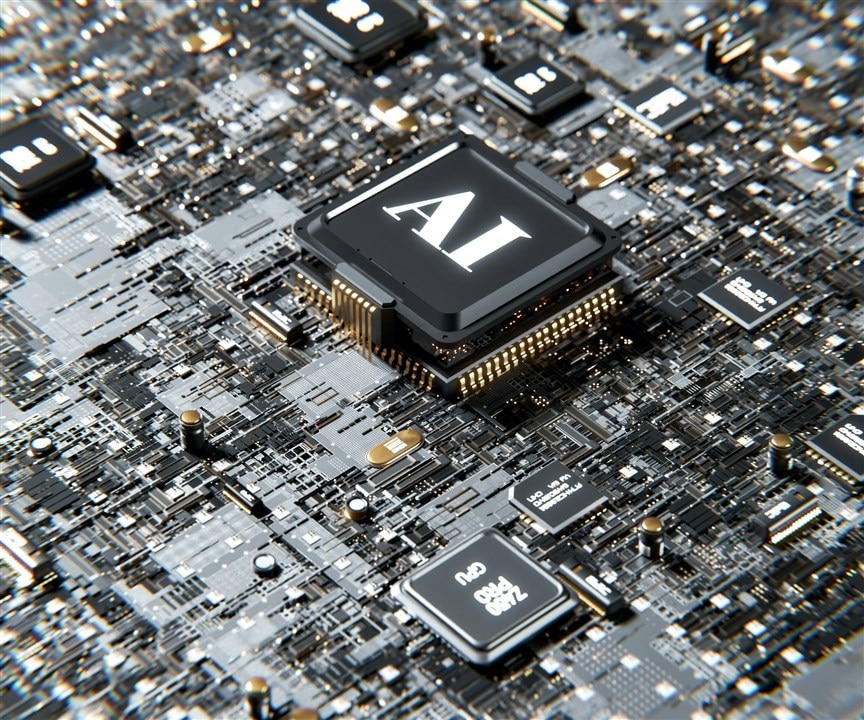
An AI generated image seemed apt here. (Image Credit: Igor Omilaev/Unsplash)
Generative AI is changing how people write software, but that depends on how businesses deploy it. If implemented wisely, it can boost development time and keep teams from performing repetitive work. However, if misused, the system may delay long-term growth, create fragile systems, and expose businesses to costly setbacks. MIT recently published an article explaining how generative AI introduces hidden costs when used for coding.
We're already seeing generative AI used more frequently with knowledge work, with coding at the forefront. For example, GPT-4.1 has implemented advanced programming features, inching closer to automated development. The tool promises significant productivity gains. GitHub reports that developers working with CoPilot complete tasks significantly faster, achieving a 55% efficiency boost. McKinsey's study discovered that generative AI can shorten completion times by 50% for certain development tasks.
It's important to note that these studies were conducted in controlled conditions. Developers tackled small and clearly defined tasks. Real-world software development involves implementing new code into sprawling legacy systems, managing dependencies, and ensuring long-term maintenance. Scaling AI-generative code across those environments may introduce new risks.
Technical debt, which is the hidden cost of quick fixes that make systems harder to maintain, poses a significant risk. It has already fueled high-profile cases, from the Y2K bug to the 2022 scheduling collapse at Southwest Airlines. According to the Consortium for Information & Software Quality, the United States' economy carries $2.4 trillion in projected technical debt annually, and many companies invest very little toward fixing it. AI-generated code can worsen this problem by introducing integration issues, instability, and duplication. Additionally, studies show that code quality has worsened with heavy AI use, including rising code churn and reduced delivery stability.
GitClear discovered an eightfold jump in duplicated code. Google's DevOps team reported that heavy AI use reduces delivery stability. Those risks can increase in brownfield systems as AI tools lack full awareness of existing code bases.
AI is more effective in greenfield projects, such as rapid prototyping. With rapid prototyping, early code is reworked, making debt less costly. In brownfield environments weighed down by legacy systems, or with inexperienced developers, AI can turn short-term speed into long-term fragility.
Organizations can balance opportunity with risk. This can be achieved by establishing clear policies for AI tool usage, prioritizing technical debt management as an engineering focus, and investing in training and mentorship for developers to recognize and mitigate AI-driven risks.
Have a story tip? Message me at: http://twitter.com/Cabe_Atwell
